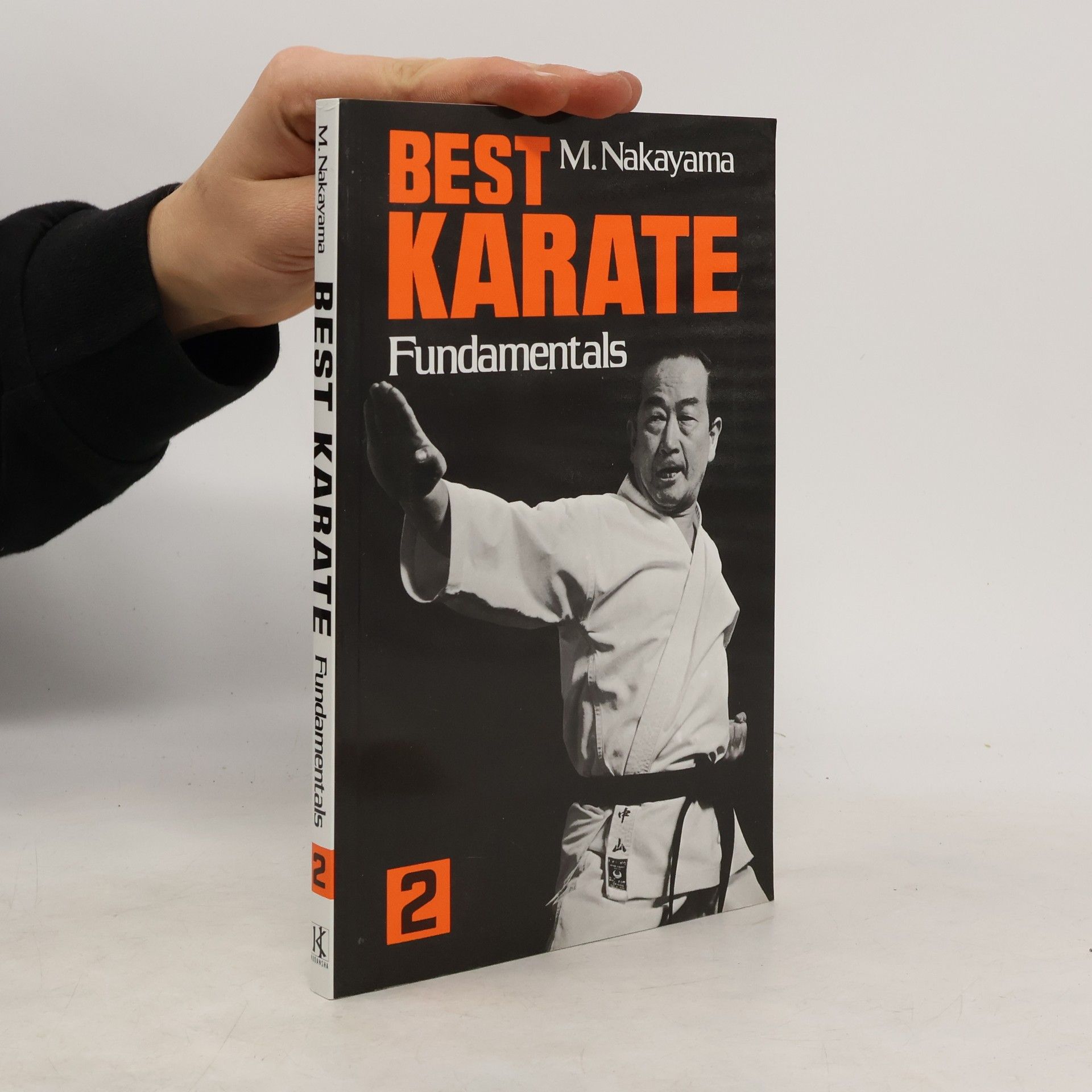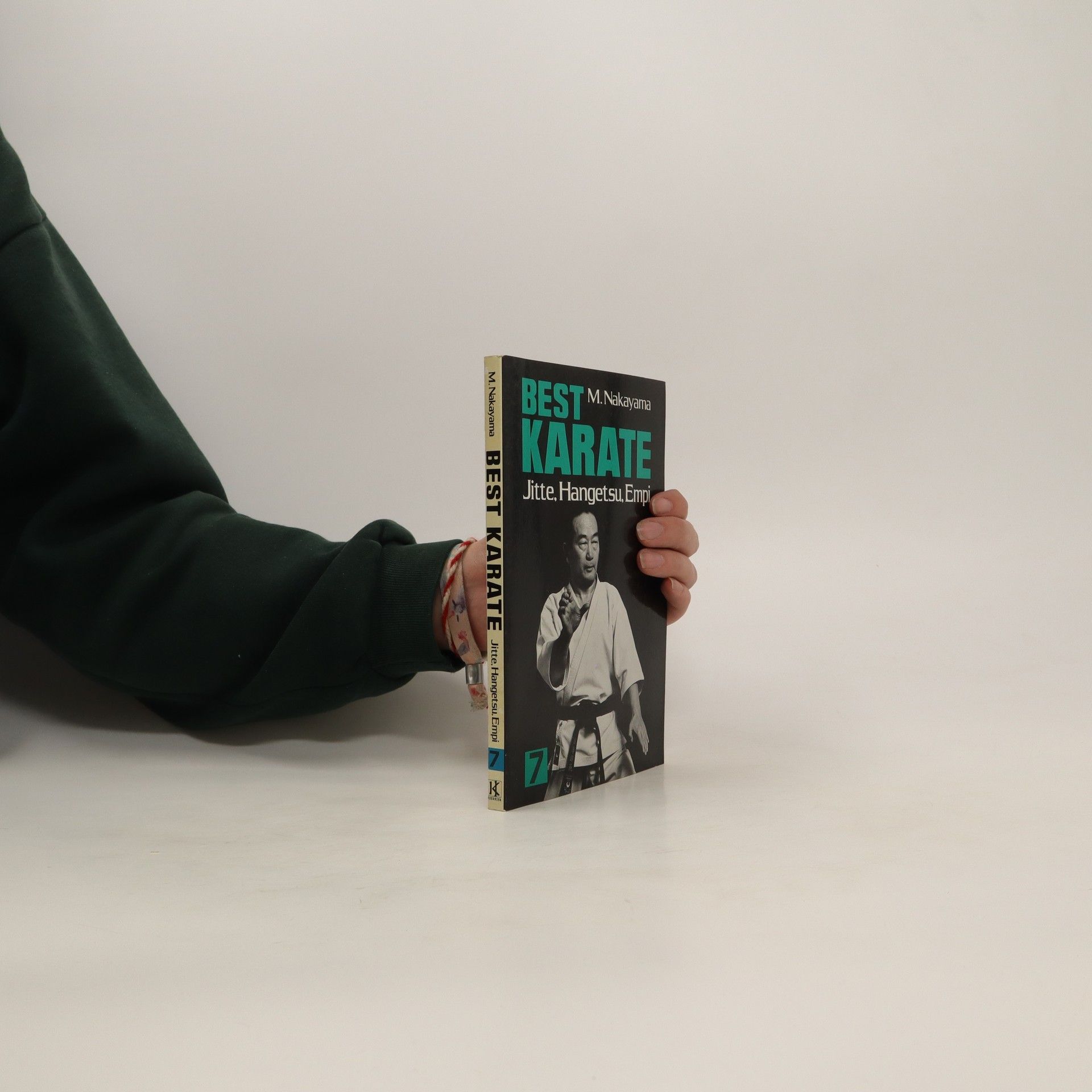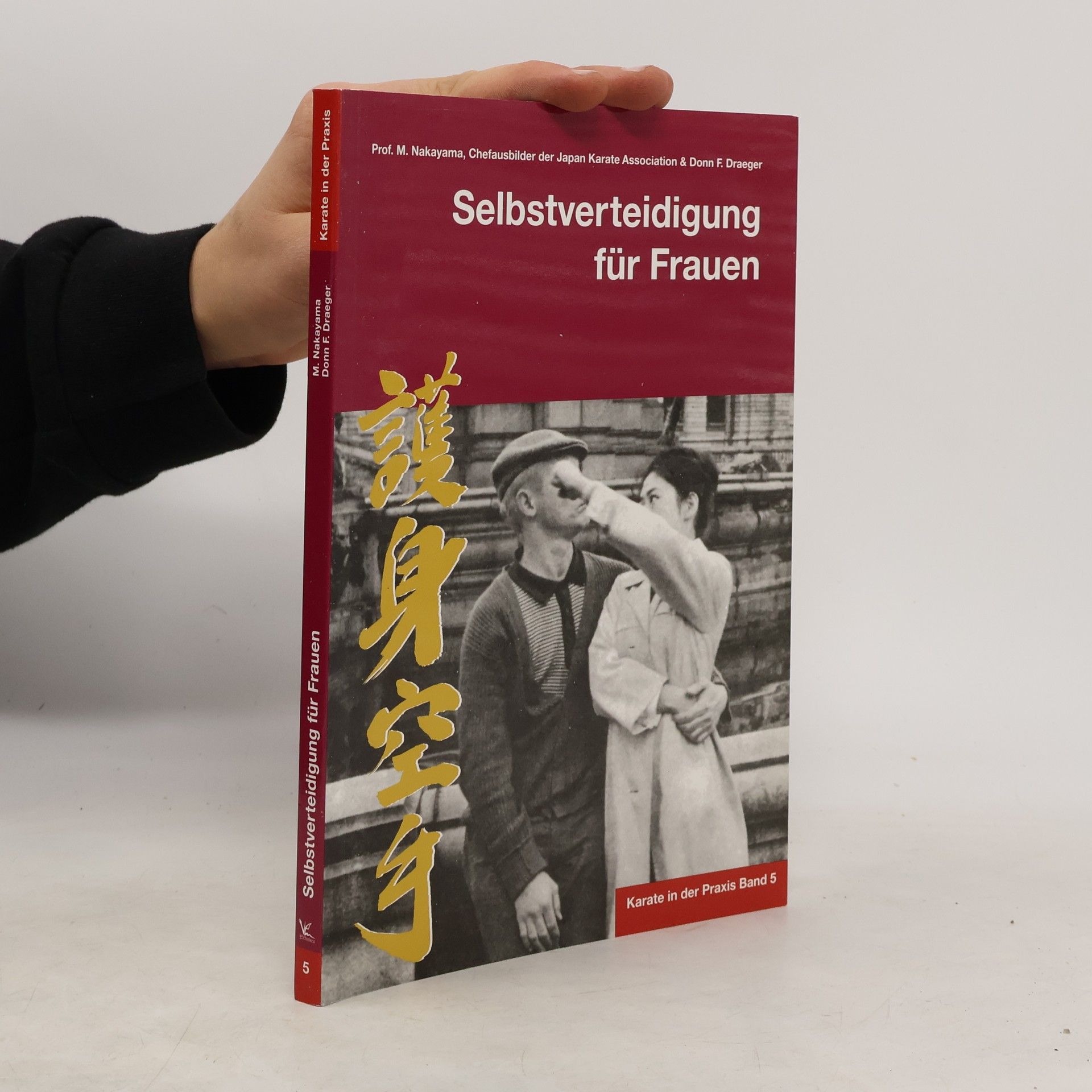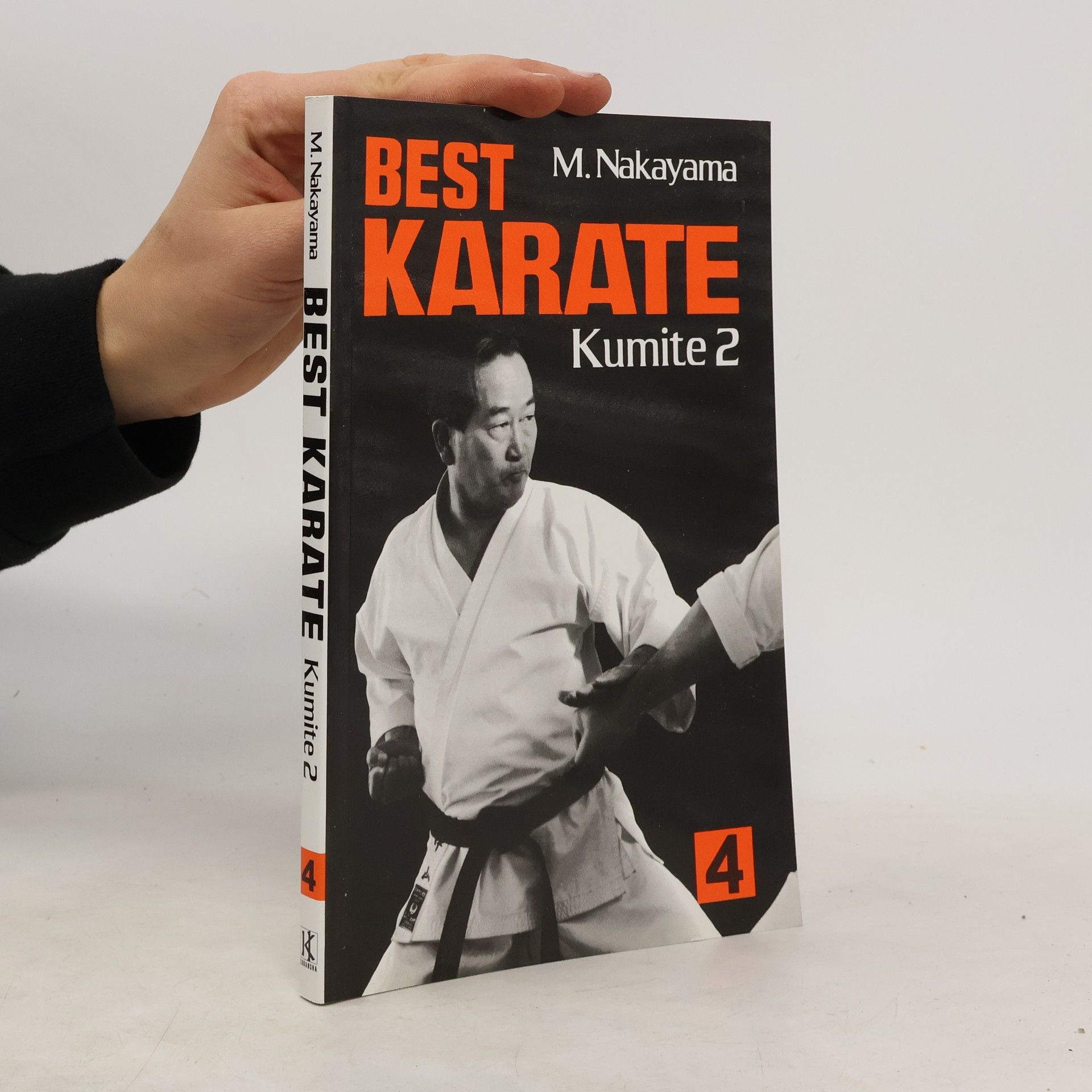Nakayama Masatoshi Book order







- 2020
- 2017
Best Karate. Comprehensive
- 144 pages
- 6 hours of reading
All the basic points of karate arranged systematically for effective learning, step by step--the parts of the body used as natural weapons, the stances, how to block, how to attack, introduction to the kata and to kumite. The fundamentals as presented in this volume, briefly but accurately, are the distillation of the author's forty-six years' experience in this art of self-defense. As well as setting forth the basic rules that must be put into practice when performing kata or applying techniques in kumite, this volume pinpoints the underlying physical and physiological principles of karate: source and concentration of power; stance, form, stability and technique; movement in all directions; basic and comprehensive aspects of training.
- 2013
- 2013
- 2013
- 2013
Kata, the formal exercises of karate training, were the essence of practice in Okinawa and China, and are the core training method even today.Detailed here in 1500 sequential photos are the five Heian and three Tekki kata, mastery of which is necessary to attain first dan. Demonstrated by the author and Yoshiharu Osaka.
- 2012
This book complements volume 3 of this series and, like the earlier volume, includes writings of masters of the martial arts to guide the student toward spiritual awareness and mental maturity. It places kumite in perspective, relating it to training as a whole.
- 2012
Best Karate, Vol.2
- 144 pages
- 6 hours of reading
As well as setting forth the basic rules that must be put into practice when performing kata or applying techniques in kumite, this volume pinpoints the underlying physical and physiological principles of karate: source and concentration of power; stance, form, stability and technique; movement in all directions; basic and comprehensive aspects of training.
- 2007
Kniha doplňuje předchozí díl této série. I v tomto svazku k vám promlouvají mistři bojových umění, kteří kladou důraz na sprituální uvědomění a mentální vyzrálost, kde kumite vnímáme jako součást celku v tréninku karate.
- 2006
Black Belt Karate. The Intensive Course
- 232 pages
- 9 hours of reading
In Black Belt Karate, Hirokazu Kanazawa, the most respected figure in the karate world, offers a systematic approach to basic karate, and provides an intensive training course. Karate is a martial art that can be practiced by anyone, regardless of age or gender, and can be undertaken at anytime during a persons life. The training system employed in karate comprises three main kihon (basics), kumite (sparring), and kata (forms). Using meticulously detailed explanations and illustrative photos, Kanazawa provides readers with an intensive self-study training course designed to beaccessible to beginners, as well as to those already at an intermediate level. If practiced continuously and diligently over the course of a year, a practitioner will be able to attain black-belt-level proficiency. Praise for Black Belt "By following each and every page of this book as ifreceiving instruction directly from Mr. Kanazawa, I believe that over time, with careful practice, gaining proficiency is all but guaranteed. For anyone setting out to master karate-do, you hold in your hands a fine book indeed.The late Masatoshi Nakayama, former chief instructor of the Japan KarateAssociation and author of Kodansha's Best Karate series








